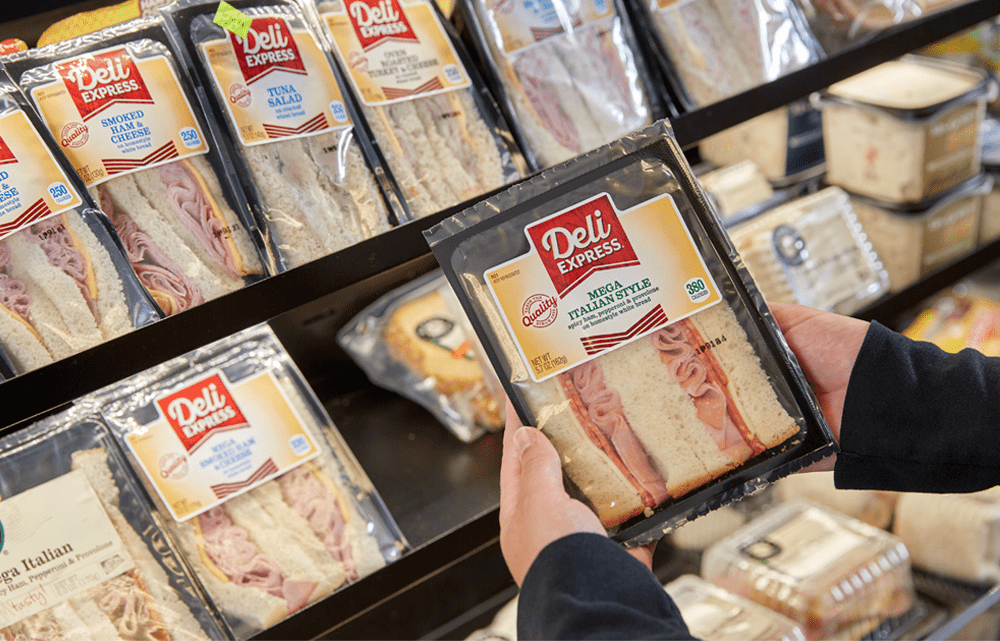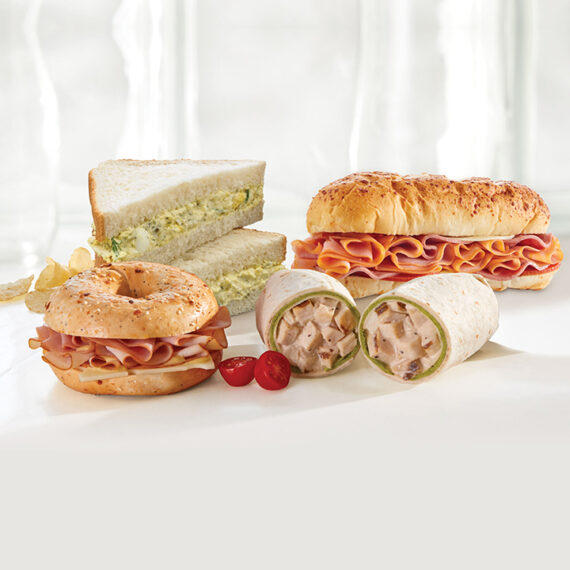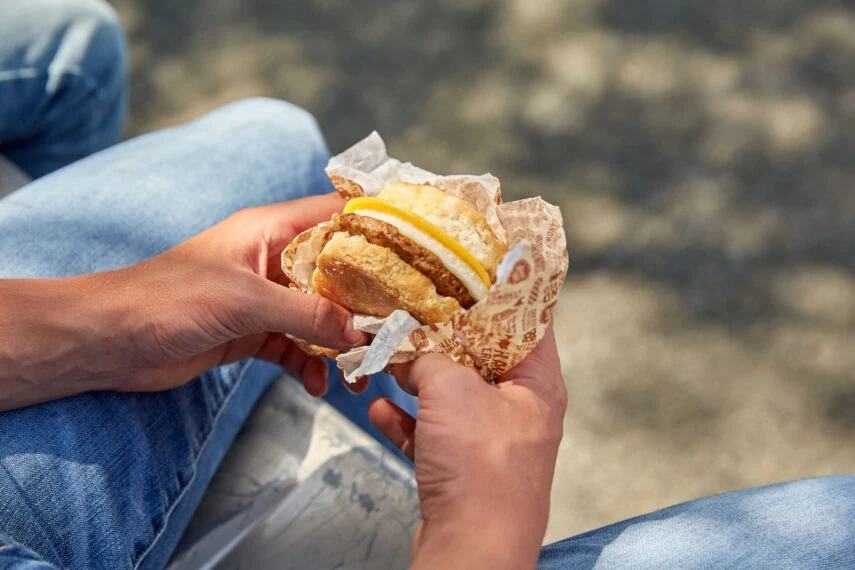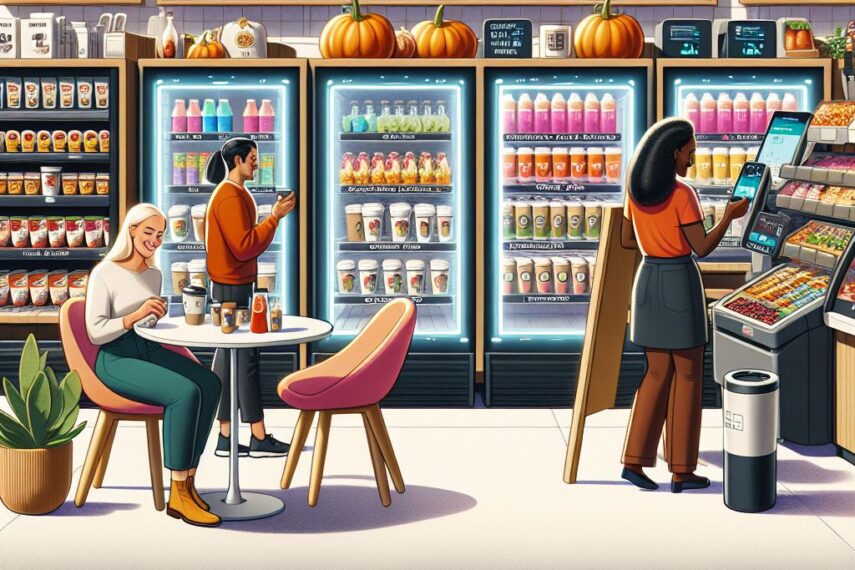
Consumers demand fresh products for grab-n-go items. They prefer natural ways to extend product shelf life over the use of hard-to-read ingredients.
Consumers demand fresh products when it comes to grab-n-go items. They prefer natural ways to extend product shelf life over the use of hard-to-read ingredients. Let’s take a closer look at how each type of preservation works.
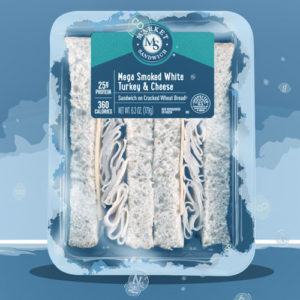
Extend Shelf Life Without Preservatives
M.A.P Packaging evacuates the air from the package to remove as much oxygen as possible. The oxygen is then replaced with carbon dioxide and nitrogen, creating a modified atmosphere. Next, the package is heat-sealed, so only the modified atmosphere surrounds the product. Then the product is frozen and ready for shipment. The product’s shelf life while frozen is nine months. Once the product arrives at the retail location, it is removed from the freezer and slacked. Once thawed, products have a shelf life of 21- 30 days, depending on the elements of the package.

The Use of Preservatives
Preservatives, such as antimicrobial agents and pH controls, can be added to products to fend off mold while maintaining or increasing shelf life. In some instances, preservatives may also improve the flavor of a product, opening the door for some consumers to overlook their use.
What to Consider
While natural shelf life can provide reliable extension, sometimes, the length of shelf life requires added preservatives. While evaluating what is best for your business, consider the following items.
- Length of shelf life required
- Target customer base’s view on preservatives
- Overall quality and flavor of the products
Natural shelf life extension offers consumers peace of mind and allows businesses to create better shopping experiences. However, in some cases, shelf life is the most critical factor to the consumer when selecting a product. As you look to add to or refine your product offering, consider the impact of products using a natural shelf life extension with processes like M.A.P Packaging and how it can impact in-store sales.

